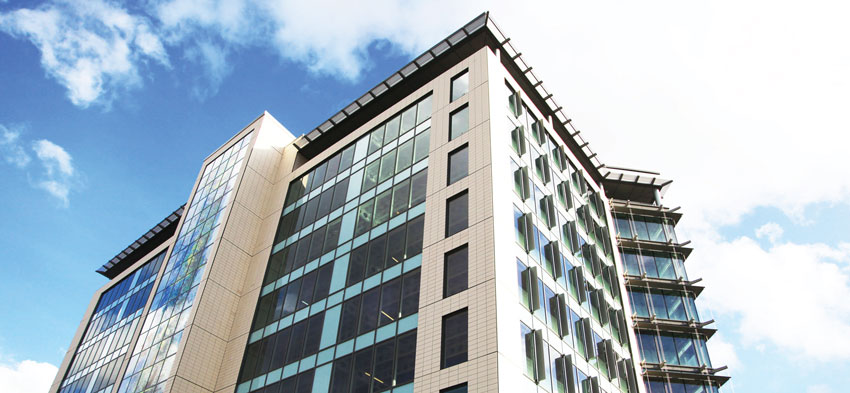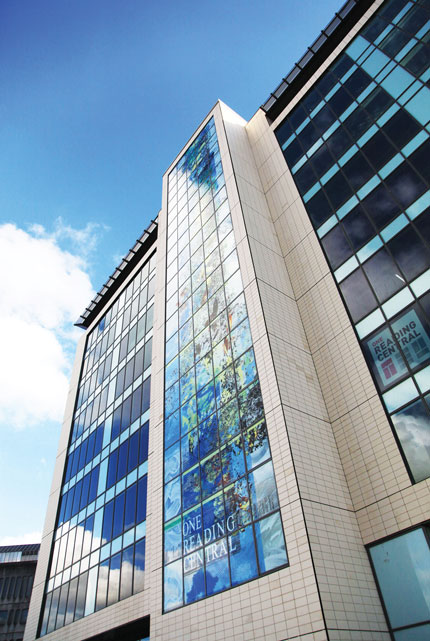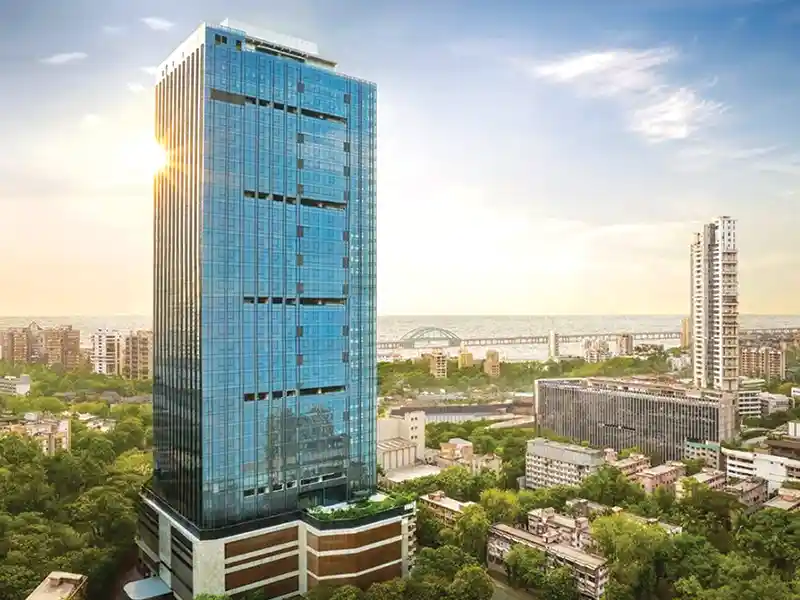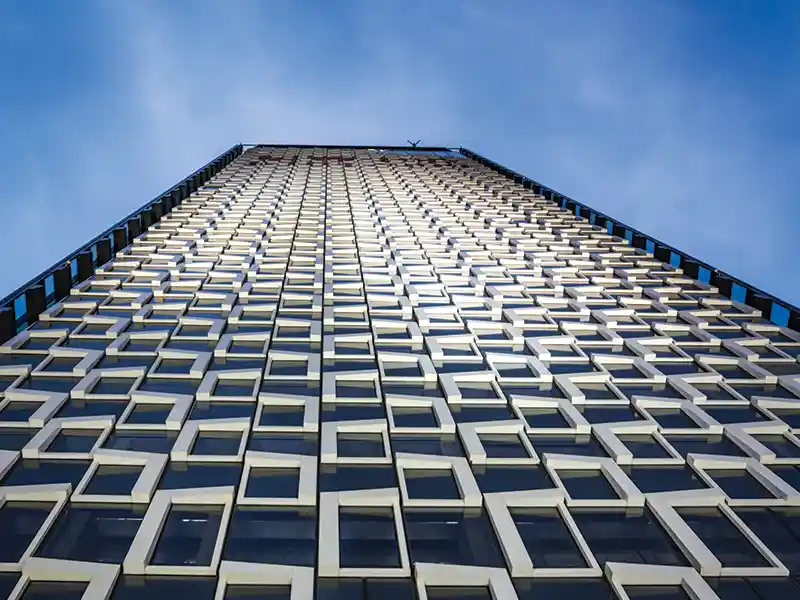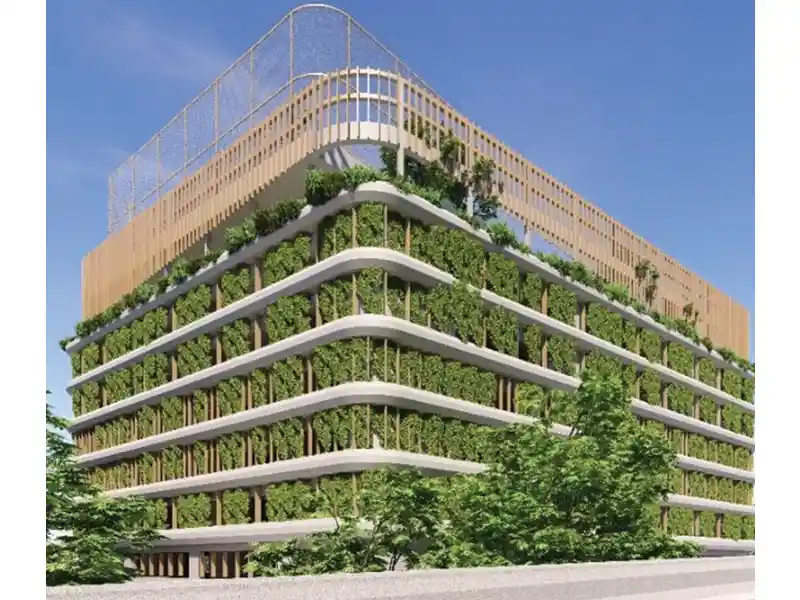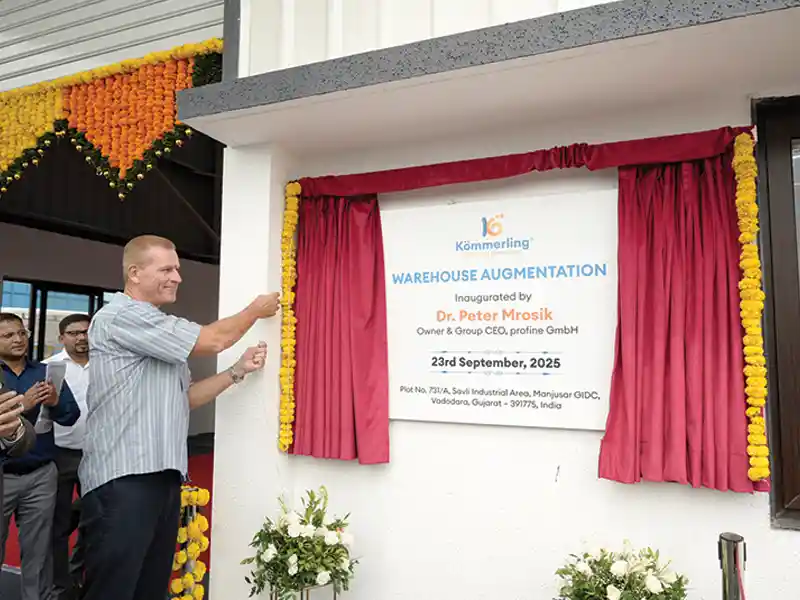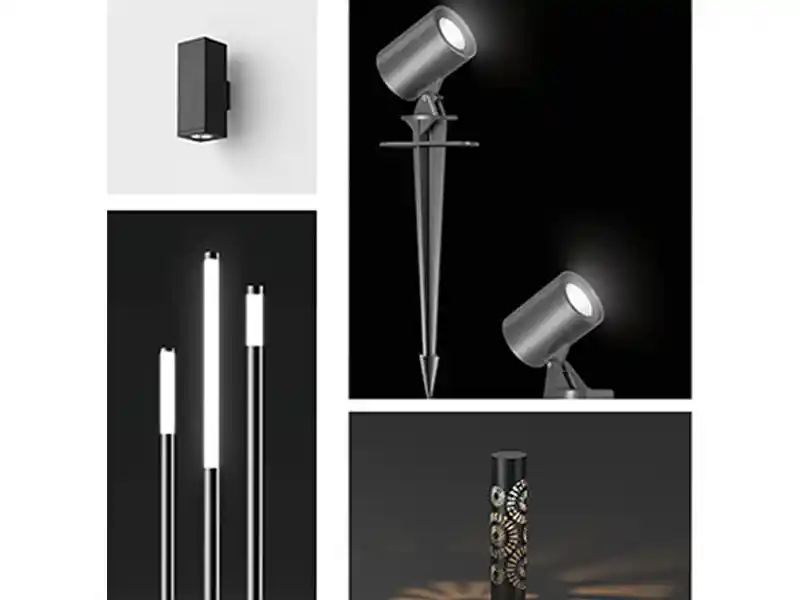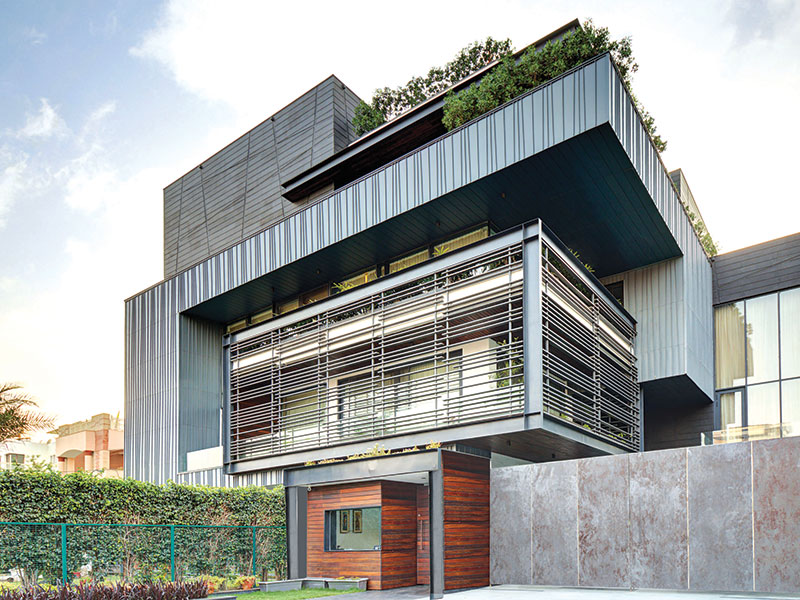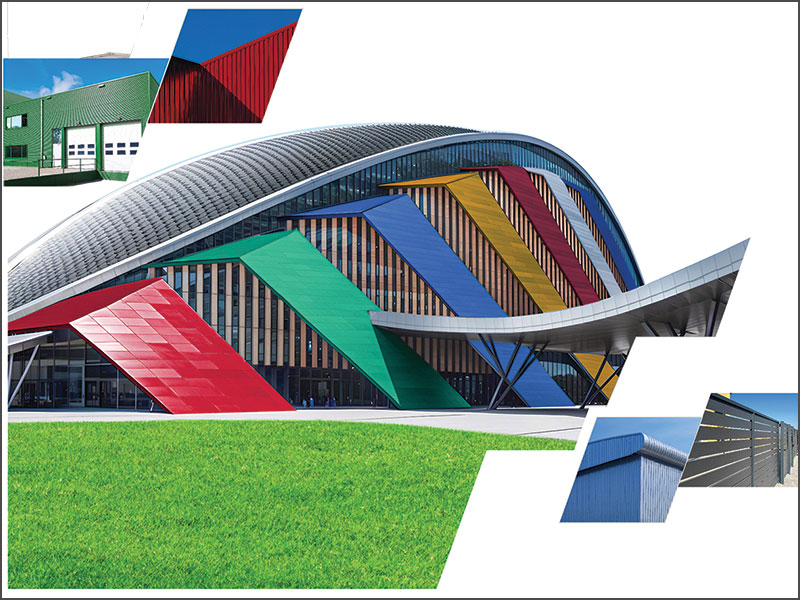The English town of Reading in the Royal County of Berkshire has gained one more architectural attraction. The office building "One Reading Central" with its 38 m high piece of art printed on the glass facade, which forms the townscape; it is located directly at the entrance to the railway station and, therefore, is one of the first buildings visitors will get to see. In order to get the impressive piece of art onto the glass panes, the motif by the London glass designer Graham Jones was first digitised and then transferred onto the glass surface by Interpane at their Hildesheim facility using ceramic digital printing. The new office building is also an energy-efficient construction: With the thermal insulation glazing iplus neutral E in the unheated stairway and ipasol neutral solar control glazing in the offices, the energy requirements are so low that the building has achieved a BREEAM rating of 'Excellent'.
Section 106 of the English "Town & Country Planning Act" from 1990 dictates to "bring art into the towns" and make it freely available to everyone. This not only refers to monuments or statues but also includes buildings. One Reading Central, the largest office building in town with more than 20,000 square metres of office space over ten storeys, is a perfect example. An interplay of light blue and mellow green tones on an attractive glass facade: The flowery piece of art on the facade displays detailed structures and delicate shapes, in which even some brush strokes are visible.
The draft was transferred using ceramic multicolor digital printing. For this, the picture had to be digitised, saved into a file, and typographically transformed. During this process, the graphic designers from Interpane worked in close cooperation with the artist. In the end, the computer-based version consisted of 55 layers with individual colors and shapes.
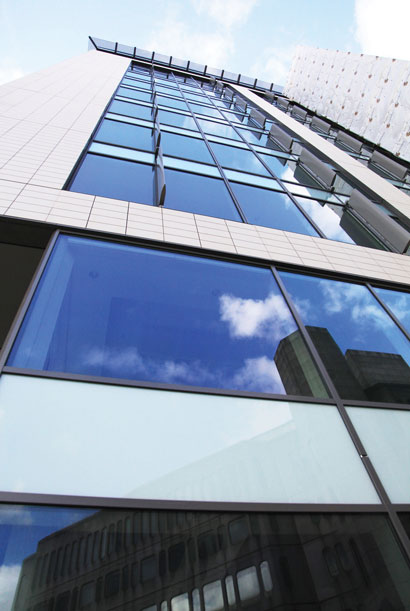
Using this data, the printing machine transferred the picture onto the glass at high resolution (up to 720 dpi) using special print heads. Subsequent burning-in of the ceramic paint permanently fused the motif onto the glass surface. It is in this way that it is made light resistant, scratch and abrasion proof, and can be cleaned like conventional glass. Some more interesting facts: The preparation time for the artwork was six weeks; printing onto a total of 100 glass panes with a total area of 285 square metres only took two weeks. The printed glass elements were later processed into insulation glazing by placing a second coated pane behind it. The result was an iplus thermal insulation glazing - an ideal combination of aesthetics and energy efficiency.
Highly-rated Sustainability
Reading is one of five British towns that best managed to overcome the worldwide financial crisis of 2008. This is also reflected in the architectural quality: One Reading Central has achieved a BREEAM rating of 'Excellent’. The high standard of thermal insulation played a role in this assessment: iplus neutral E with a thermal insulation coefficient of Ug=1.1 W/m
2K (as per EN 673), for example, keeps the building from losing heat through the unheated stairway.
Solar Protection Minimized the Air Conditioning Costs
The rest of the office building is protected from overheating in the summer by 7,500 square metres of ipasol neutral 50/27 solar control glazing. At the same time, it provides a clear view and plenty of daylight for the inside (TL = 50 per cent) so that electrical lighting is only required fairly late in the day. The energetic properties help to keep the operating costs of the building low. Due to the low solar factor (g-value = 27% as per EN 410) the rooms will heat up less, even in case of intense solar radiation, and the costs for air conditioning are thereby minimized. In the wintertime, the Ug-value of 1.1 W/m
2K (as per EN 673) provides for effective heat insulation.
